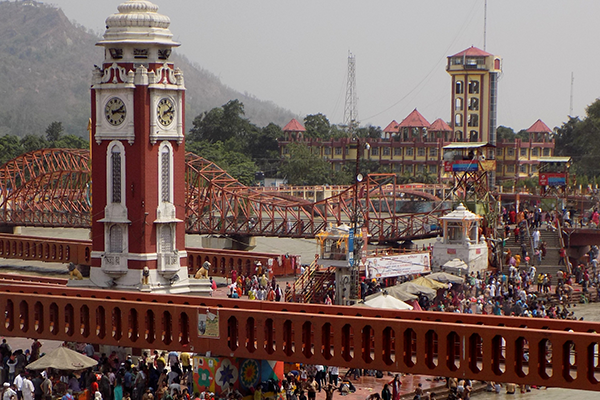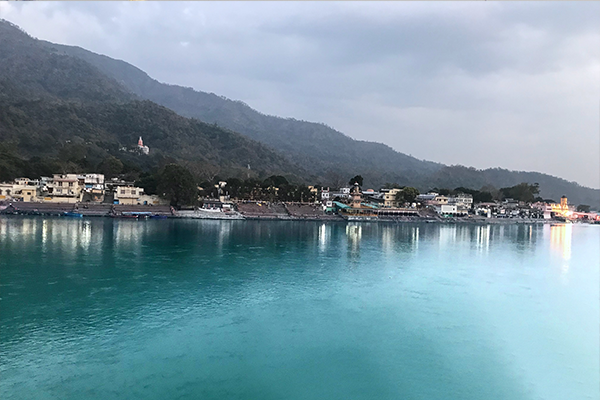Haridwar is a city in the Indian state of Uttarakhand, located in the northern part of the country. It is one of the seven holiest places in Hinduism and is often referred to as the “Gateway to the Gods.” The city is situated on the banks of the Ganges River, where it emerges from the Himalayas and begins its journey across the plains.
Key features of Haridwar include:
Ganges River: Haridwar is known for its ghats (steps leading down to the river) along the Ganges, where pilgrims gather to take a holy dip in the sacred river, believing it cleanses them of their sins.
Har Ki Pauri: This is one of the most sacred ghats in Haridwar and is believed to be the spot where Lord Vishnu left his footprint. The evening Ganga Aarti (prayer ritual) at Har Ki Pauri is a major attraction, drawing tourists and devotees alike.
Temples: Haridwar is home to various temples, including the Mansa Devi Temple and the Chandi Devi Temple, both situated atop hills and accessible by cable cars or trekking.
Kumbh Mela: Haridwar hosts the Kumbh Mela, one of the largest religious gatherings in the world, every 12 years. During this event, millions of pilgrims come to Haridwar to bathe in the Ganges, believing it will cleanse them of sins and lead to salvation.
Yoga and Ayurveda: Haridwar is also known for its association with yoga and Ayurveda. Many ashrams and wellness centers offer courses in yoga and traditional Ayurvedic treatments.
Culture and Festivals: The city has a rich cultural heritage and hosts various festivals, fairs, and events throughout the year. Besides the Kumbh Mela, other festivals like Diwali, Holi, and Kartik Purnima are celebrated with great enthusiasm.
Haridwar is not just a religious destination but also a place that attracts nature lovers, adventure seekers, and those interested in spiritual and cultural experiences. The city has historical significance and plays a crucial role in Hindu mythology and traditions.



